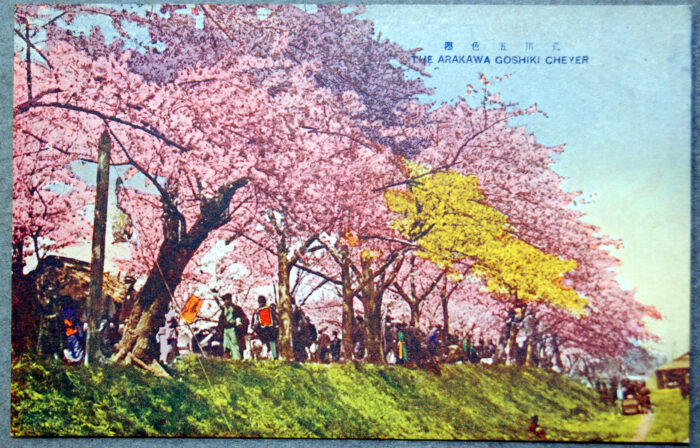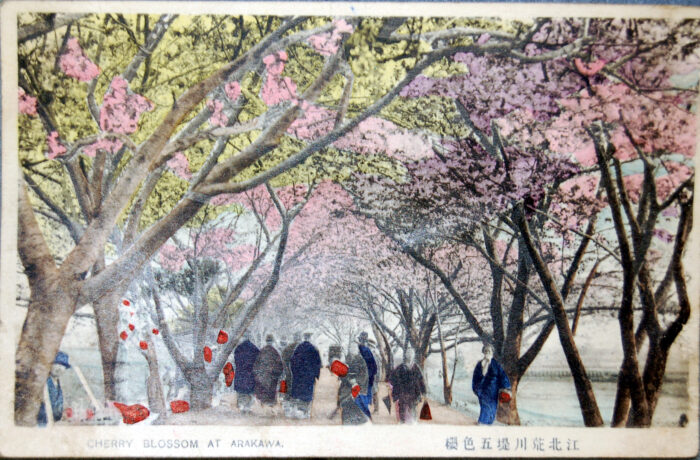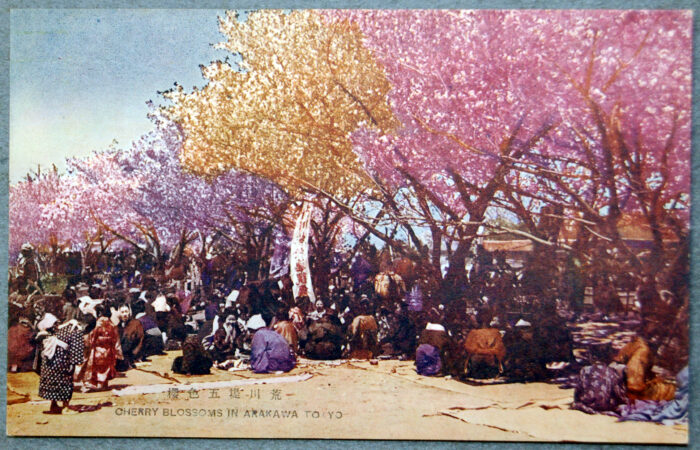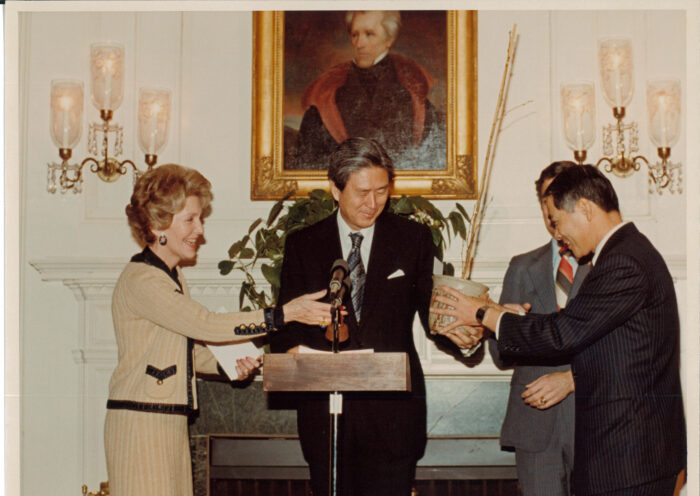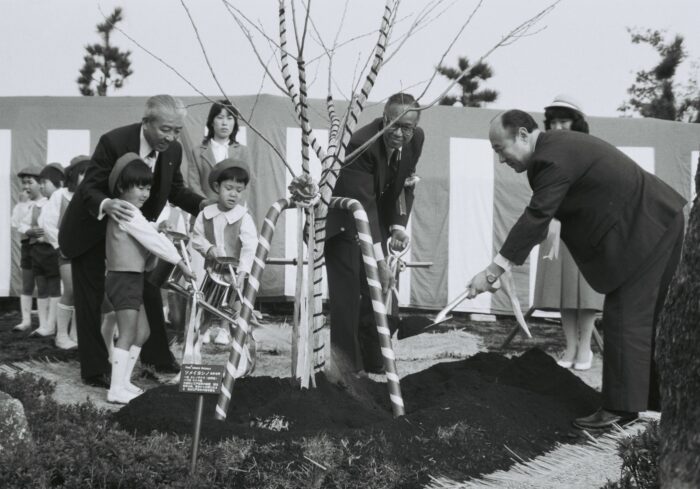- home
- Recommendations
- History of Goshiki Zakura and Reagan Zakura
History of Goshiki Zakura and Reagan Zakura
 March 18, 2022
March 18, 2022 November 26, 2024
November 26, 2024
Coming back across the border
In the Meiji era, "Senju Sakura Bank," "Arakawa Zutsumi Zakura," and "Nakagawa Zutsumi Zakura" were born one after another in Adachi. Among them, the Arakawa Zutsumi Zakura in Kohoku, which was planted by the people of the Kohoku region in 1886, has various varieties of cherry blossoms fluttering like five-colored clouds in white, yellow, pink and deep red. Since then, it has become known as the "Goshiki Zakura" and has become a famous place in Tokyo.
The famous Arakawa Zutsumi Zakura was donated to Washington by Mayor Yukio Ozaki on February 19, 1912, and was planted on the banks of the Potomac River.
However, at the same time, construction of the Arakawa canal (currently Arakawa River) began, many of the Arakawa Zutsumi cherry trees disappeared and were also cut down due to a shortage of supplies during the war.
After the war, the movement to revive the lost cherry trees began.
In 1981, in the Sakura no Sato return project, which was held to commemorate the 50th anniversary of the city system, the branches of cherry trees, which were donated before the war, were collected from the Potomac park, and more than 3000 cherry trees of 30 varieties were revived.
As part of this project, Mrs. Nancy Reagan, Honorary Chairman of the Washington Cherry Blossom Festival, donated a Yoshino cherry tree to Adachi City.
この桜は「レーガン桜」と呼ばれ、昭和57(1982)年、都立舎人公園に植樹され、今も花の時期には公園に訪れる人々を魅了しています。明治時代の東京の名所であり、戦後の里帰り事業により復活した「五色桜」は足立区歌の中でも歌われており、区の桜の歴史の象徴となっています。
Recommended articles












